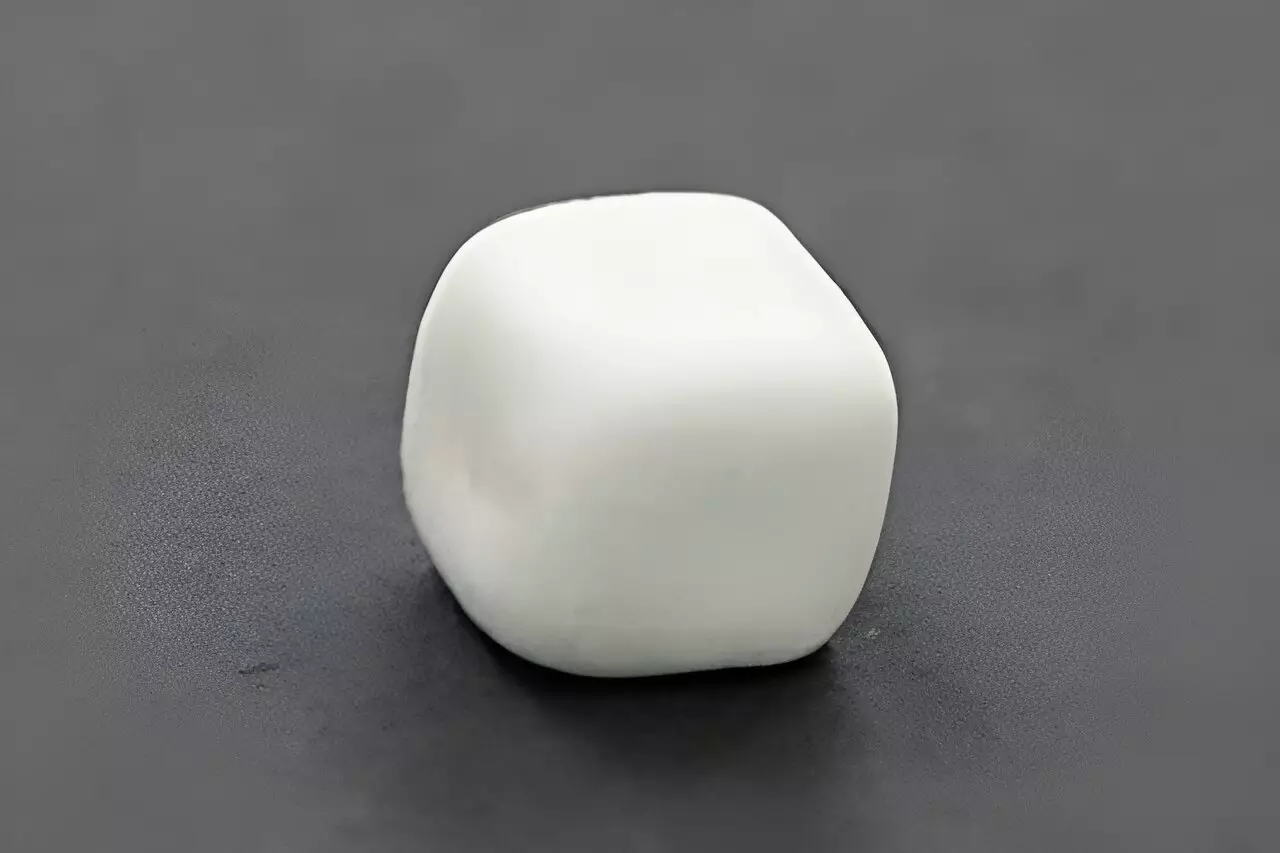In a world where our dependence on technology continues to grow, the limitations of current battery technology are becoming more apparent. We’ve all experienced the frustration of a dead phone or a laptop that dies at the most inconvenient times. The shortcomings of lithium-ion batteries, which have powered our devices for the past 30 years, are becoming increasingly evident. They are slow to recharge, have limited battery life, and pose safety risks such as overheating and fire hazards. However, recent research at the National High Magnetic Field Laboratory, headquartered at Florida State University, is shedding light on a potential solution – solid-state batteries.
Solid-state batteries offer several advantages over their liquid-electrolyte-based counterparts. One of the most significant advantages is safety. Solid-state batteries are less prone to fire hazards when damaged or overheated, making them a much safer alternative. Additionally, solid-state batteries have higher energy densities, meaning they can store more energy in a smaller package. This results in longer battery life and, consequently, longer-lasting devices.
Overcoming Challenges
Although solid-state batteries offer many advantages, their adoption has been limited due to a major drawback – cost and scalability. Producing solid-state batteries is currently an expensive and logistically challenging process. Recognizing this hurdle, researchers at Florida State University are working to develop solid-state battery systems that not only improve performance but are also commercially viable.
The research team, led by Florida State University chemistry and biochemistry professor Yan-Yan Hu, focused on developing a new solid electrolyte design that can be applied to other systems. Electrolytes play a crucial role in batteries as they facilitate the movement of ions between the electrodes, allowing the battery to charge and discharge. The team analyzed the structures and properties of a promising electrolyte made of lithium chloride and gallium fluoride. They discovered a strategy that promotes effective ion transport in solid electrolytes, resulting in fast charging and longer battery life.
Through their investigation, the researchers discovered that the combination of lithium chloride and gallium fluoride resulted in a charge clustering phenomenon. This phenomenon weakened the bond between the lithium ions and other components, allowing the lithium ions to move faster and more efficiently through the electrolyte. This breakthrough translates to faster charging times and longer-lasting solid-state batteries. Additionally, the structure of the electrolyte, which is clay-like, allows for greater flexibility and can be shaped to fit any space. This improves the contact between the electrolyte and electrodes, further enhancing battery performance.
Collaboration for Advancements
This groundbreaking research was conducted in collaboration with Samsung’s Advanced Institute of Technology. Samsung, like many other electronics companies, is actively searching for the ideal solid-state battery that enhances performance, improves safety, and can be manufactured quickly and cost-effectively at scale. The initial design and synthesis of the lithium-chloride and gallium-fluoride electrolyte were carried out by Samsung in 2021.
While this research represents a significant step forward in solid-state battery technology, there are still challenges to overcome. The cost and scalability of solid-state batteries must be addressed to make them commercially viable. Researchers worldwide are working tirelessly to tackle these hurdles and unlock the full potential of solid-state batteries. With continued advancements, we can look forward to a future where our devices have longer battery life, faster charging times, and increased safety. Solid-state batteries have the potential to revolutionize the way we power our technology, paving the way for a more sustainable and efficient future.


Leave a Reply